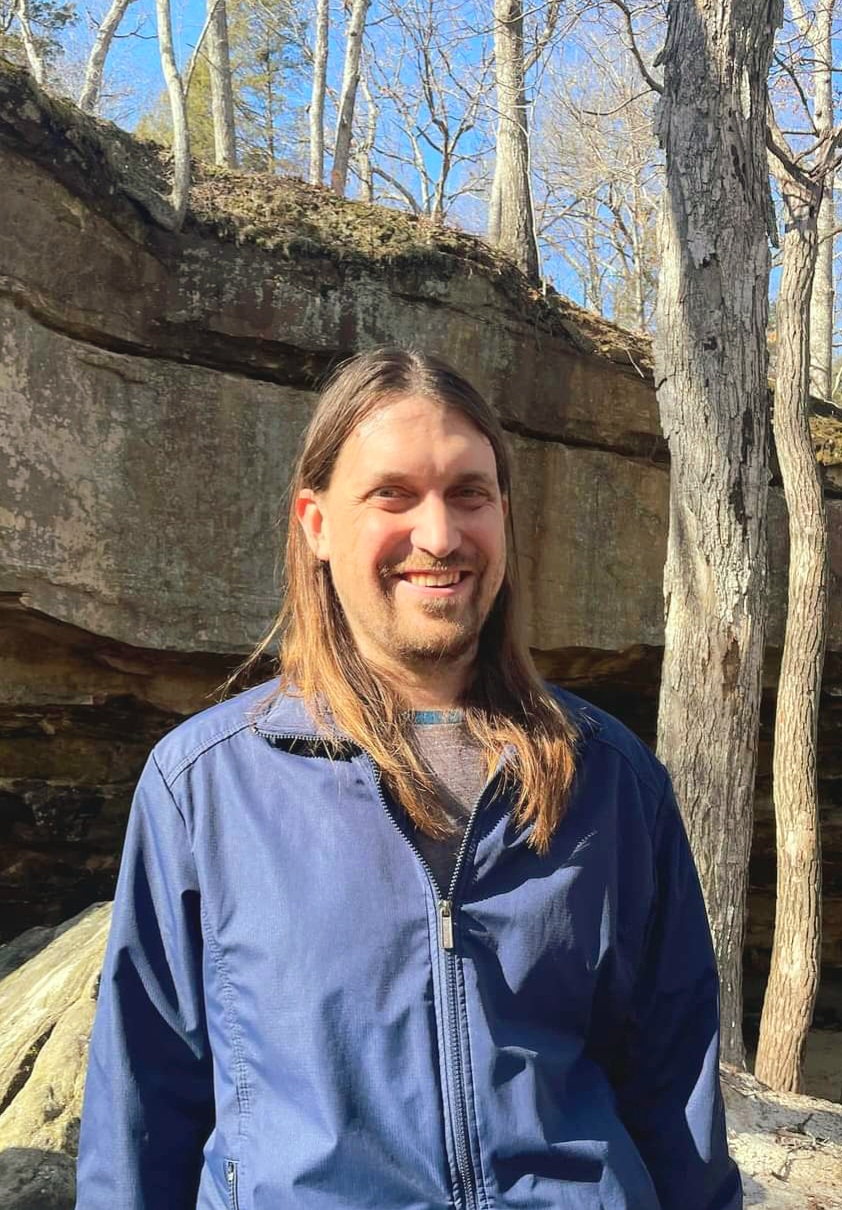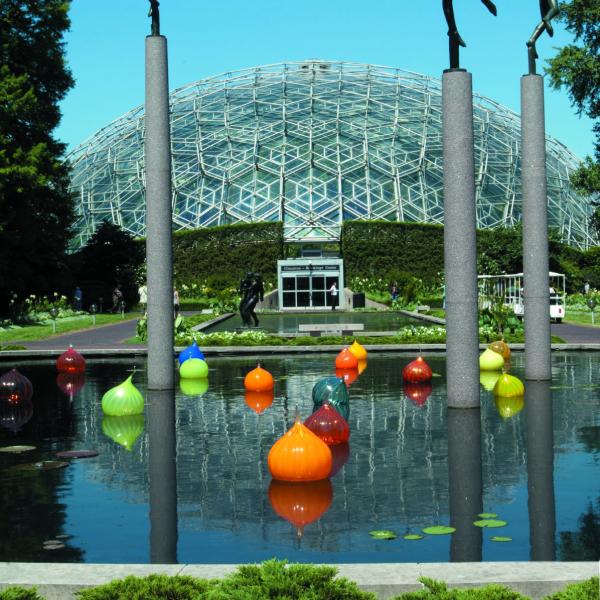Corey Westfall talks about his background, research and teaching at WashU
Was there an experience earlier in life that inspired you to become a scientist?
My mom bought me one of the science experiment books from a museum that had a packet that you can use to make your own nutrient agar plate. Seeing how much mold grew from just our regular environment, and all the different colors and shapes, amazed me.
Can you give a basic overview of your research interests?
During graduate school in the Jez Lab, I studied a class of proteins called GH3’s found in all plants that are responsible for attaching amino acids to different hormones. This attachment could either turn the hormone on, inactivate them for storage, or mark them for degradation. In my thesis work (and with great collaborators), I was able to determine the first ever structure for a GH3 protein, along with structures for a few different GH3’s. My proudest achievement was being able to look at one of the structures and realize that the published substrate for the enzyme was wrong.
As a post-doc, I pivoted to studying microbiology, specifically the connection between metabolism and cell size. I found multiple connections between central carbon metabolism and cell division, including a connection between cyclic-AMP and cell width. While studying this, the Levin Lab team also worked on connecting metabolism to persisters, a cell state where bacteria can survive normally lethal amounts of antibiotics. We even found that a formerly common additive in toothpaste and soaps called triclosan can lead to persister formation. Collaborating with Dr. Hultgren at the medical school, we even showed consumption of triclosan by mice through their water was enough to lead to antibiotics being less effective against urinary tract infections!
What attracted you to the WashU scientific community?
I love the dialogue that happens across disciplines, especially in the biology department. My graduate school and post-doc work both were only successful because of WashU scientists outside my own field teaching me and collaborating with me.
What will you be teaching at WashU?
I currently am teaching Bio 424 Immunology (hi class!) along with a few Bio 2960/2970 Principles of Biology I and II lab sections. I’ve taught Biochemistry (both 451 and the 2-semester 4810/4820) and will begin teaching a new upper-level Virology course in fall 2023. In this class we will explore not only the detrimental parts of viruses like disease, but also the important role they play in advancing science and medicine along with playing key parts in ecosystems and evolution.
Any other hobbies you would like to share?
I consider myself a super-nerd, spending most of my time playing video games. I have a weekly Dungeons and Dragons game as well. I am also a giant movie nerd. I was a film projectionist back in high school (when that was still a job). While I love all movies, I specifically love horror, campy, and the so-called “bad” movies.





